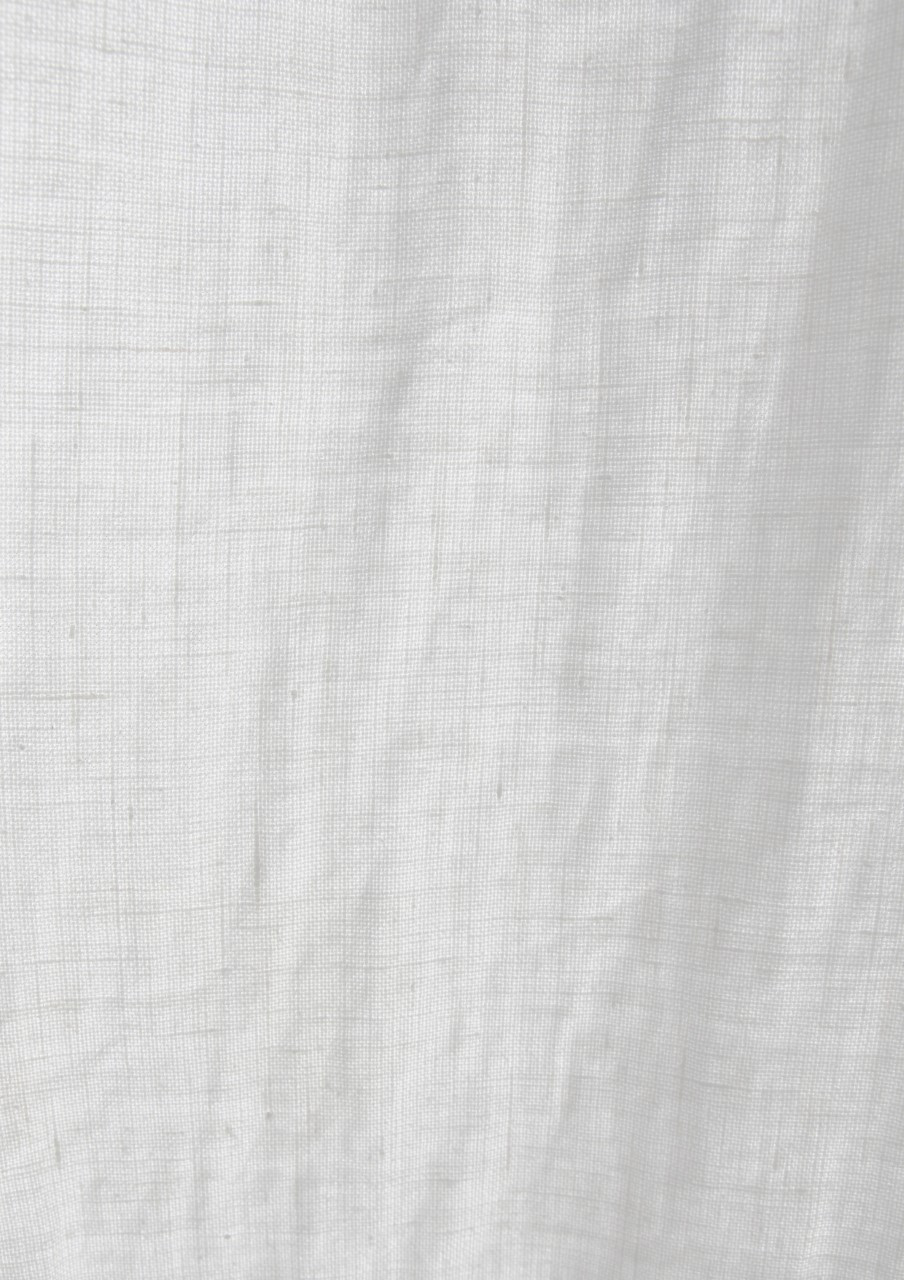Final thoughts...
Not growing up in a certain culture, not being exposed to it day by day, year by year yet wishing to do justice to its art and trying to successfully assimilate it in order to create a new language is challenging. It might bring one- rather unaware of it- to a shallow imitation or trivial simplification of the subject forcefully shaped to fit a preconceived goal. So an honest desire to express the beauty of that culture's aesthetics through the perspective of my own musical sensitivity, required equally to understand, to respect and to dare to experiment.
In my research I have tried to discover in which way I could bring those beautiful captivating little gems of Akiko Yosano’s poems, her letters of a diary to a musical form. I have strived to do them justice by capturing their honesty, their intimacy, their forthrightness at times, their symbolism, their formal openness, their classical roots and their modernity at the same time. To do so I have reached out to understand not only the meaning of the poems themselves but also the art of waka in its inseparable connection to the art of painting.
Discovering the Japanese’ affection for nature and their acceptance of impermanence, their taste for refined understatement, I have learned about the ways this ancient culture guided those “acceptances” into their music and construction of their instruments.
As for my personal discoveries as a musician, as a singer I have learned to leave space between the lines even more confidently, to give it breath and stay in that openness. I learned to immerse in an image, let it speak to me and find its outer expression in sound. I have tried to grasp meanings clothed in foreign tenure and extract the universality from it, bringing Akiko’s sensitivity to light.
I hope to have succeeded in leaving room for an open interpretation and an inner conversation between the listener and the music. I have tried to manoeuvre between meanings, behind the dimension of pure words, 'entering' the words as spaces, in an almost physical manner.
I have found new ways to light a spark of my own creativity, through meticulous study, searching for the tiniest patterns of poem’s embroidery: the colour, the rhythm, the shape of a phrase. I have tried new techniques, finding place for my voices within a soft and gentle volume of a flute or a bell.
What came out as an unexpected result of this research, beyond just widening my own musical perspective, was my higher alertness of my student’s sensibility to interpret the text. Questions like: “what image would you paint to accompany this verse?”, “which voice timbre would sound even warmer, and would it be the best way to express the meaning?” started to take more prominent roles in my teaching encounters. That curiosity of looking "behind" the first and the second meaning, finding verbal and non-verbal vocal expressions, have made both myself and the students reflect far beyond the obvious. The students and I have started picking up purely musical clues, no matter how tiny and hidden in a song as tools for augmentation in arranging, finding inspiration in a detail and taking creative chances. A development to encourage!
To conclude, it was an adventure with- at times- surprising outcomes, steering me in new directions, with questions leading me often into unknown territories, technical challenges, the frustration of doubt, of misinterpretation, but also the great joy of being on the way and… hopefully taking others along with me.
